My first round of breaking 80 (79) was at Stonebridge in Monroe, NC on 2nd July 2014. I subsequently also had the most par streak on the front nine here with 8 in a row and bogeyed #9.

Personal collective of ideas, thoughts and notes
My first round of breaking 80 (79) was at Stonebridge in Monroe, NC on 2nd July 2014. I subsequently also had the most par streak on the front nine here with 8 in a row and bogeyed #9.

While SAP Netweaver Gateway is a product not often discussed at keynotes, events and in the media, it is a integral part of the innovative products being launched at SAP and is core component of SAP Fiori. If you are interested in taking advantage of some of the new free Fiori applications to drive value with your ERP investment, understanding SAP Netweaver Gateway is not optional, but rather a requirement.
In a summary, Netweaver Gateway is a ABAP developed add-on powering applications like SAP Fiori, SAP Mobility Platform (SMP), and even Duet Enterprise. This small, but very important component gives your company the ability to turn your monolithic, big and heavy backend systems into lightweight, simple, consumable web services.
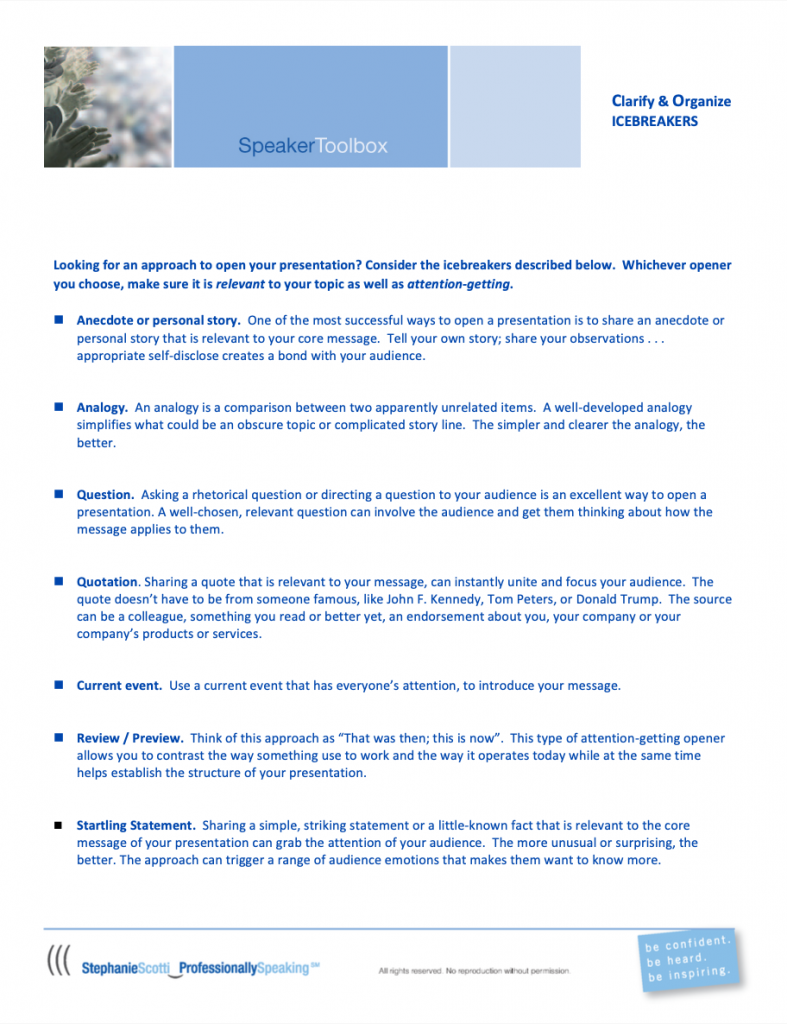
A local tech company – Tresata recently sponsored a 24 hour hackathon in Charlotte around big data in the retail space. It was a ton of fun. I think I was the only person who brought along their own monitor, but I was quite prepared 🙂
My experience with statistical analysis, python and Jupyter was quite limited, so I decided to focus my attention on building a mobile focused use case with some big data integration and I ended up winning the innovation award. A pretty cool pair of Google Glasses 🙂



Here is the app I developed and presented:




And here are all my scribbled the notes/commands/datasets from the event:
eval-tool test.scala –hdfs –input bsv%/sample/data_with_headers/hackathon_data_headers –output bsv%upc_counts

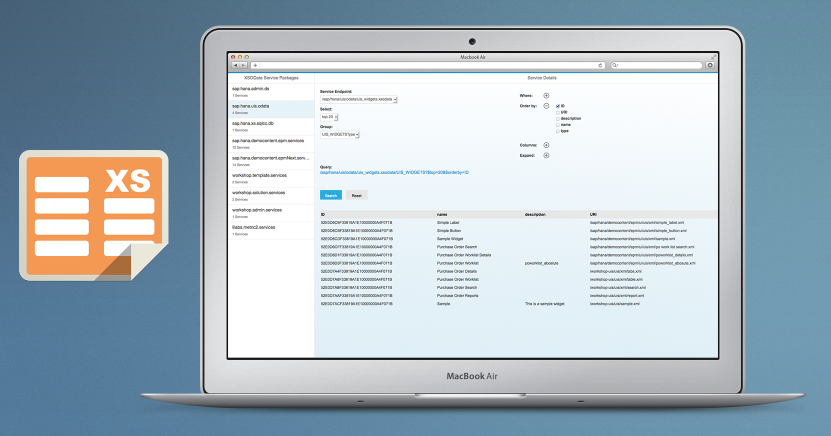
Introduction
I was recently working on developing a couple of XSOData services for Metric² when I realized that it would be pretty helpful to have a way to develop, test, explore services and queries. I wrote a similar tool for SAP Netweaver Gateway and the iPad a couple years ago, and decided to model it with some similarities, but having the ability to build it directly into HANA using XS, would add some nice integration benefits.
About the App
Some selectable options:
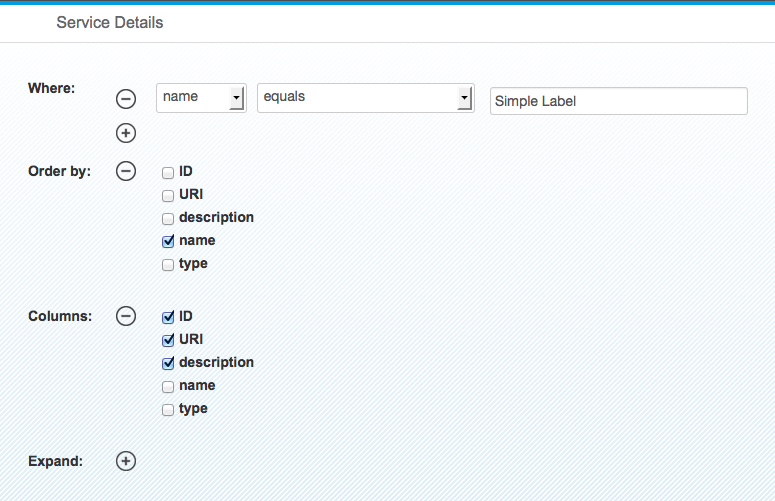
Generated Query:


Proximity was Part 1 of an exploratory app for Javelin Solutions, a local SAP consulting company. We developed the app to push out into the market and the team at Javellin did the marketing and sales to promote and utilize it as a tool for gaining some exposure and an entry for their consulting services.
Part 2 of the app was a Field Service Engineer which focused more on the engineering aspect.
Mockups of the project along with the brief below were provided to the team for approval, and the subsequent screenshots are from the released app.
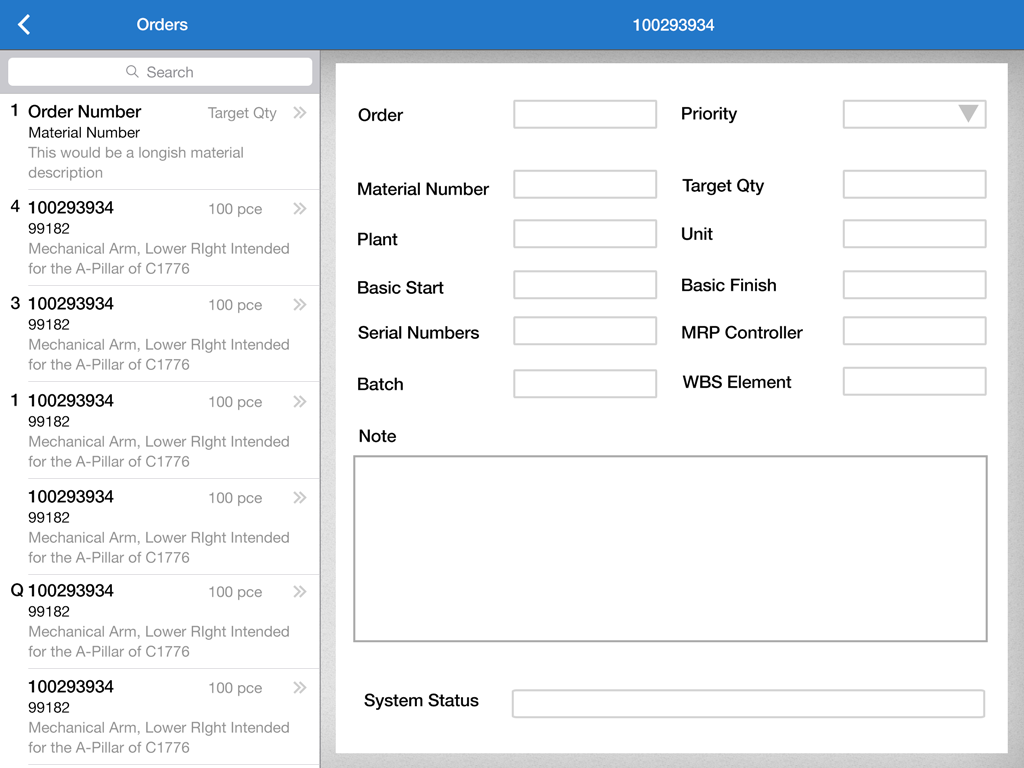
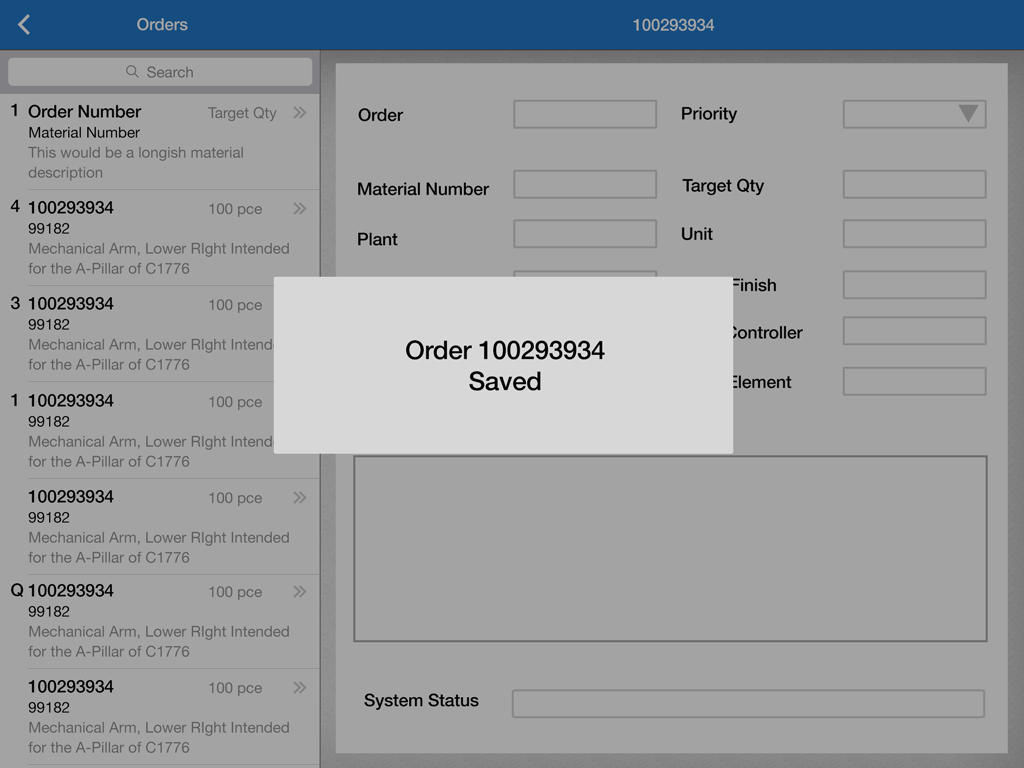
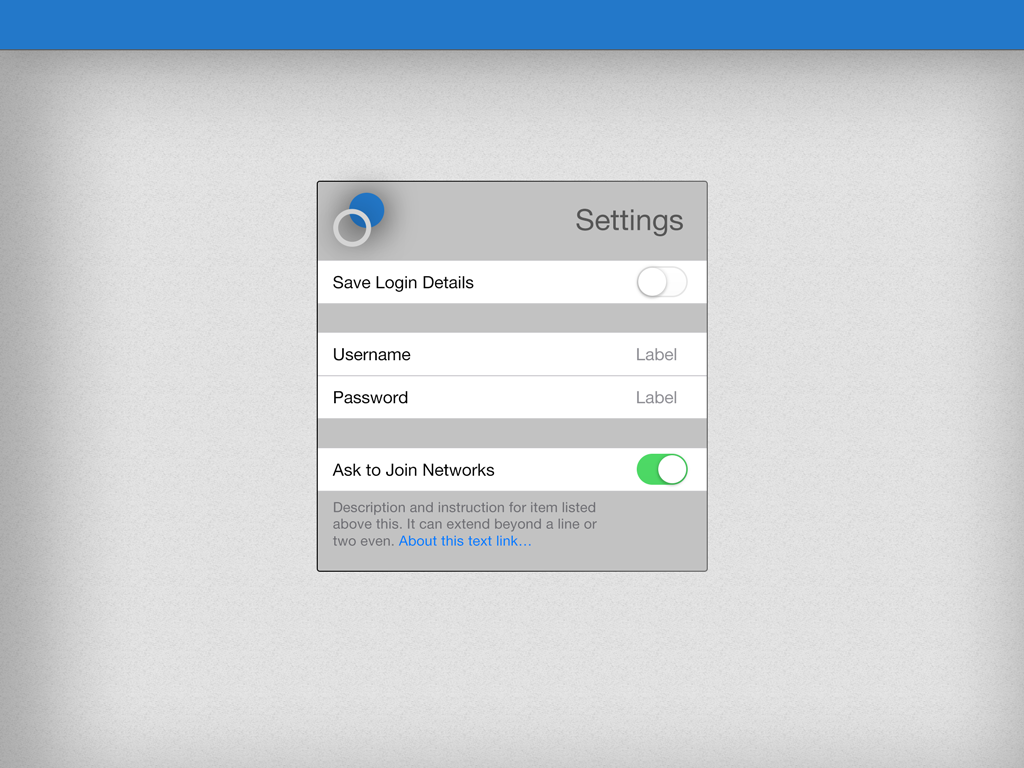
Released
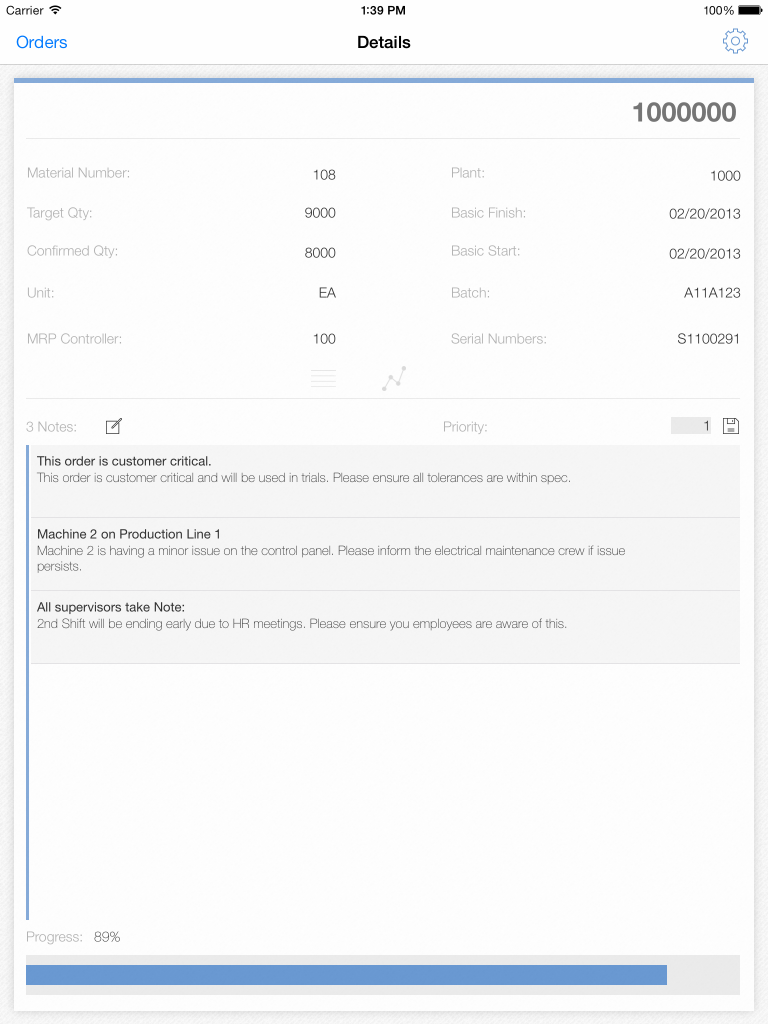
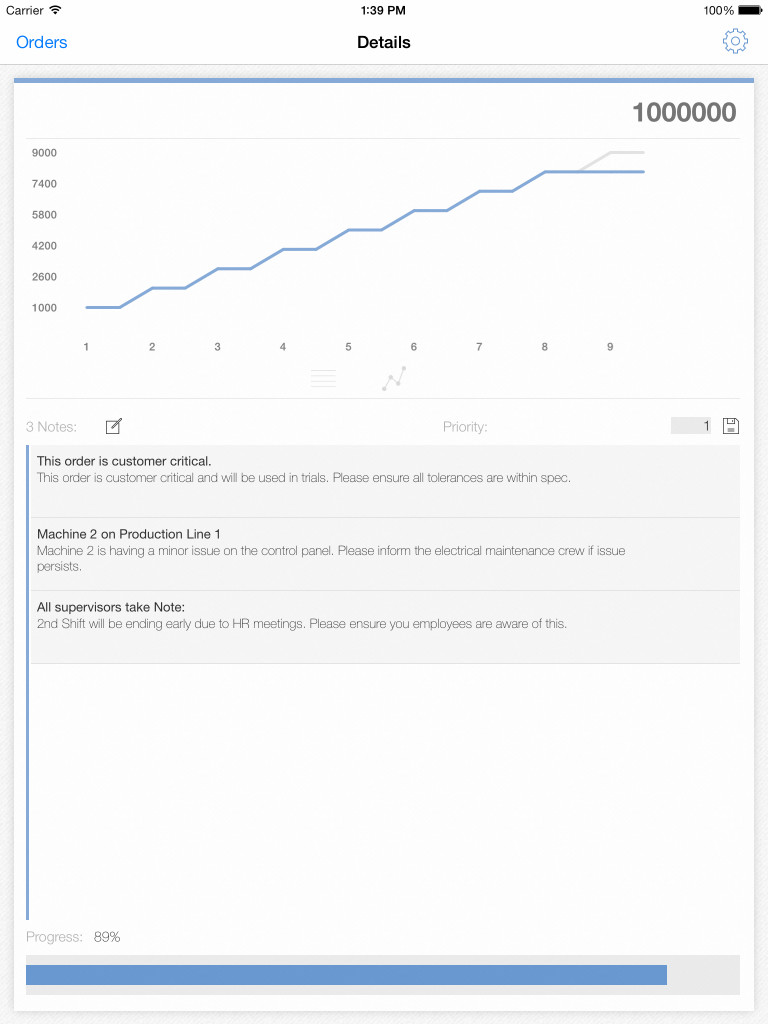
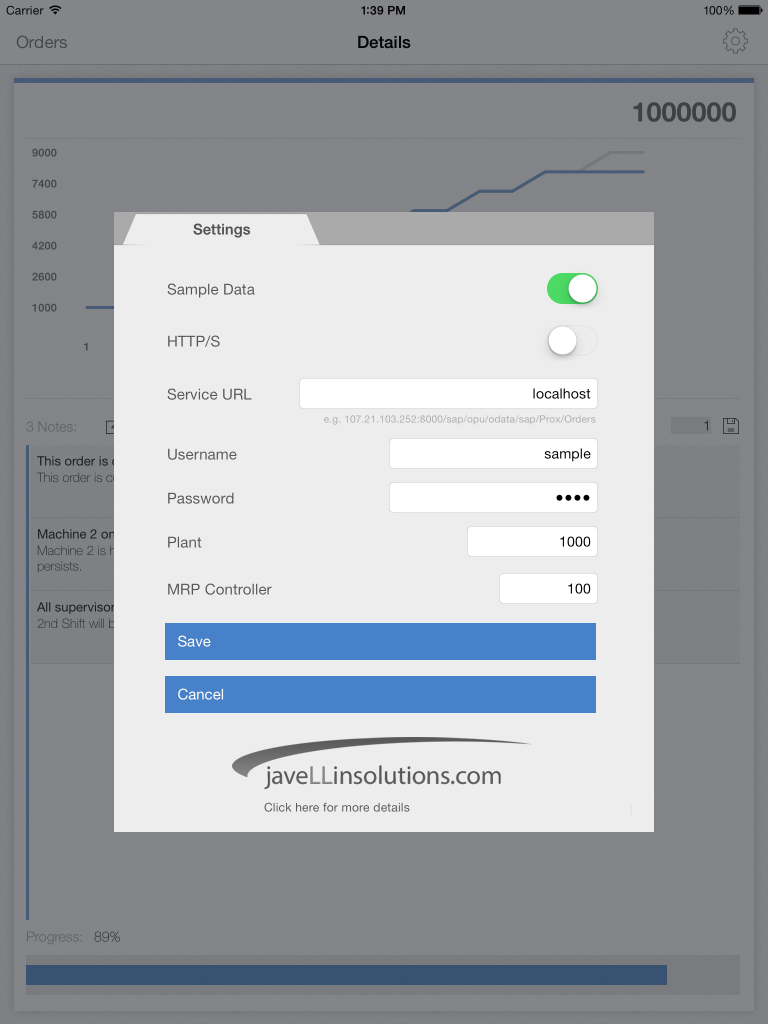
Being a technology and innovation evangelist the Gartner hype cycles have exposed and introduced me to variety of new technologies which I was not aware of.
Trigger – announcement
Peak – talks and discussion
Disillusionment – people realize its not available now
Slope – Technology/innovation supports it

You must be logged in to post a comment.